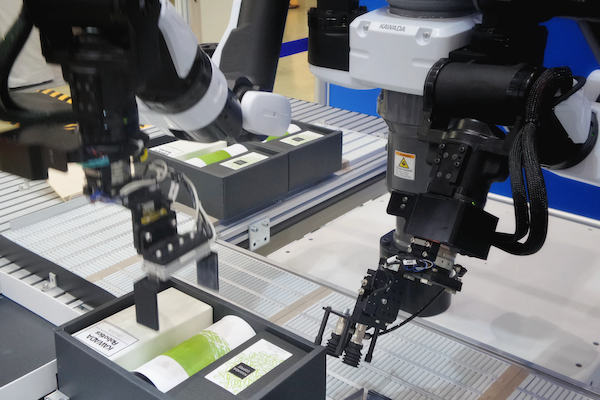Fridges nowadays have touchscreens. There’s an Instant Pot with WiFi. My porch automatically lights up for 15 minutes when I arrive home after dark. Forget those cute yet mildly terrifying robotic dogs, it’s the small creature comforts of everyday life made possible by advances in technology that remind us we’re living in a magical age. A guy was able to tattoo his client from more than 300 miles away using robotics and 5G wireless, for goodness sake!
We see it in everyday life. More and more common household objects have been engineered with sensors and software that allow them to be networked with other devices. It’s known as the internet of things, or IoT. Adding connectivity to traditionally independent tools is like blessing them with a sliver of sentience, though not enough for them to go all HAL 9000 from 2001: A Space Odyssey on you (at least not yet).
Taking IoT a natural step further leads us to the industrial internet of things (IIoT) where the same connectivity is utilized for manufacturing and energy management applications. Imagine IIoT sensors being placed in wind turbines to detect weather, transport vehicles to detect movement, even wearables on live workers to detect errors and safety issues. The mind races with possibilities.
Once connected, every machine becomes a cog in a tighter system that is able to monitor, collect, exchange, analyze, and kick out insights in new and exciting ways. No longer is the system of machines only connected by being housed under the same roof, but data can be constantly collected and interpreted from under many roofs for the benefit of more timely maintenance, less downtime, greater efficiency, and incredible results.
![]()
Read full post here →





